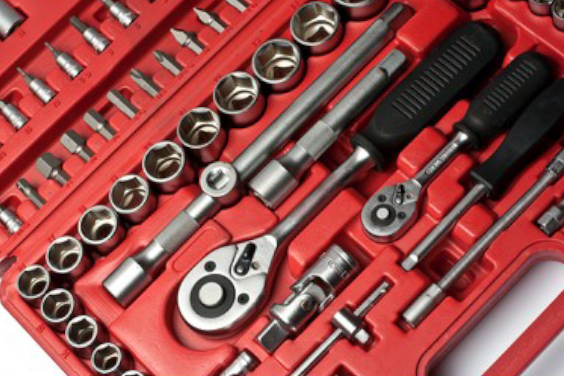
Insert Molding Process Step by Step
It is dangerous to make use of components after they’ve been manufactured without encasing them with plastic. It’s essential to encase these components to make
Share
Share
Although 3D printing and injection molding are both processes for generating plastic parts and components, each has its own set of benefits and can be used in tandem as a complementary manufacturing method.
3D printing and injection molding are nearly unanimously considered to be at the top of any list of the different processes available in the field of product creation and manufacture. While each of these methods is adaptable and suitable for a variety of conditions and applications, they differ in various areas, including method, material, volume, cost, and best use, to mention a few.
Although both injection molding and 3D printing can be used for prototyping, there are some significant distinctions between the two methods. In this article, we take a look at some of these differences.
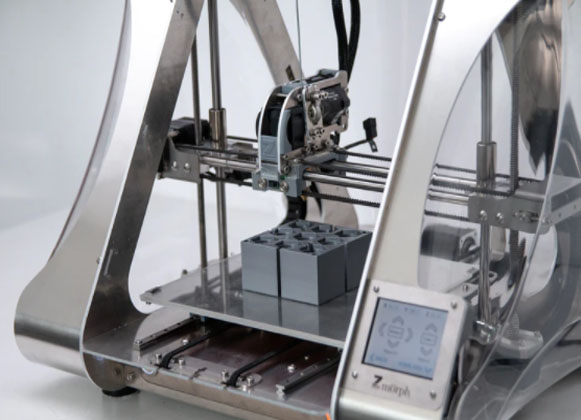
Source: Unsplash
3D printing is an additive manufacturing process, which means that the entire product is created by layering materials on top of each other. You won’t need to make a mold to make your part with this method; all you’ll need is a 3D file. There are many different 3D printing technologies and materials on the market right now.
The 3D printing process is not the same as injection molding. Rather than using a premade mold to shape your item, a CAD drawing or other appropriate file is used to load the product’s size, shape, and other physical attributes into a 3D printing machine. The machine then constructs the part from the ground up, using thin strands of a plastic substrate that are passed through it.
3D printing works by building three-dimensional parts layer by layer from computer-aided design (CAD) files. The 3D printer makes one object at a time by stacking vertical layers of filament on top of each other.
The following are some of the items required for 3D printing
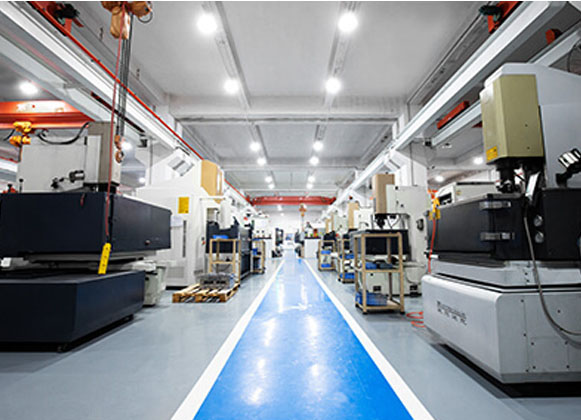
Both manufacturing technologies are designed to make it easier for individuals to construct beautiful 3D objects with minimal effort. The development of prototypes is simple with either device.
Both 3D printing and plastic injection molding are useful procedures in and of themselves. Engineers can now build plastic designs at their desks and bring them to life in a couple of hours thanks to 3D printing. Injection molding, on the other hand, is the best option when it comes to quality and cost. It’s widely utilized to make high-volume batches of intricate plastic patterns rapidly and reliably.
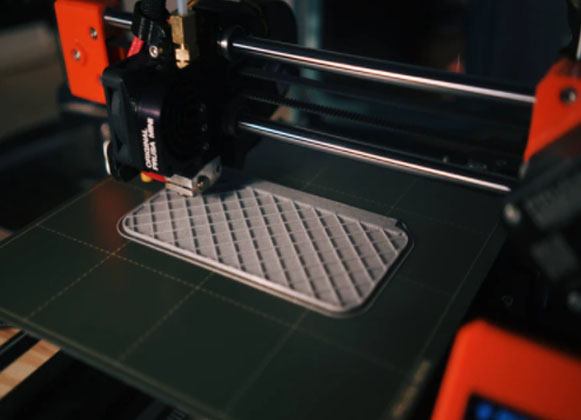
Source: Unsplash
Manufacturers are increasingly using 3D printing, often known as additive manufacturing. Because of some of the revolutionary benefits, it can give, demand is increasing. When compared to typical manufacturing methods, this technology has several advantages. Among the benefits are those connected to design, time, and money, to name a few:
Rapid prototyping- The prototyping process is sped up by 3D printing, which can produce parts in hours. This allows each stage to be completed more quickly. When compared to machining prototypes, 3D printing is less expensive and faster at generating parts because the item may be completed in hours, allowing for more frequent design modifications.
On-Demand Printing- unlike traditional manufacturing techniques, it does not require a lot of room to maintain inventories. This saves both space and money because there is no need to print in volume until it is necessary. Because the 3D design files are printed using a 3D model as either a CAD or STL file, they are all saved in a virtual library and can be found and printed as needed. Editing individual files instead of wasting out-of-date inventory and investing in tools allows for very low-cost design changes.
Produce strong and lightweight parts- Plastic is the most often used 3D printing medium, while certain metals can also be utilized. Plastics, on the other hand, have the advantage of being lighter than their metal counterparts. This is especially significant in industries like automotive and aircraft, where light-weighting is a concern and higher fuel efficiency may be achieved.
Waste Reduction- when compared to alternative technologies that cut big chunks of non-recyclable materials, the creation of components only requires the materials needed for the part itself, with little or no waste. The procedure not only saves resources, but also lowers the cost of the materials used.
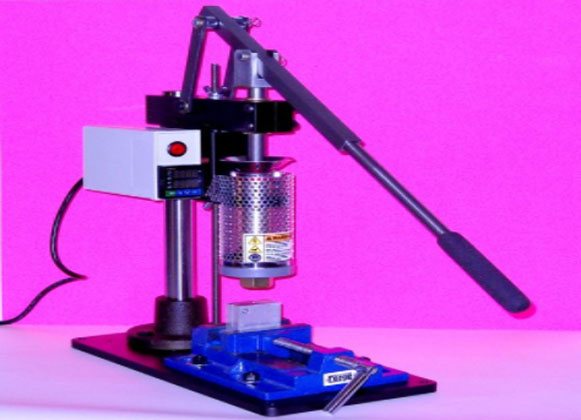
Source: Pinterest
Injection molding is one of the most used processes for mass-producing similar plastic goods. However, like with any process, it’s critical to comprehend the specific design constraints that must be followed to reap the obvious benefits of generating cost-effective, high-quality parts. To make things easier, we’ve outlined the benefits to consider.
Labor costs are low- Plastic injection molding is an automated process in which the majority of the work is done by machines and robotics that may be controlled and managed by a single operator. Automation aids in the reduction of manufacturing costs by lowering overheads.
They offer design versatility-Extremely high pressure is applied to the molds themselves. As a result, the plastic in the molds is pressed harder, allowing for more detail to be imprinted on the part and the fabrication of complex or elaborate designs.
Product consistency– Injection Moulding is a repeatable process, which means that the second item you make will be similar to the first, and so on. This is a tremendous benefit when trying to make parts with tight tolerances and great reliability in large quantities.
Increased power. It is feasible to add fillers in the molding material while using plastic injection molding. These fillers serve to increase the strength of the finished product by reducing the density of the plastic while it is being molded
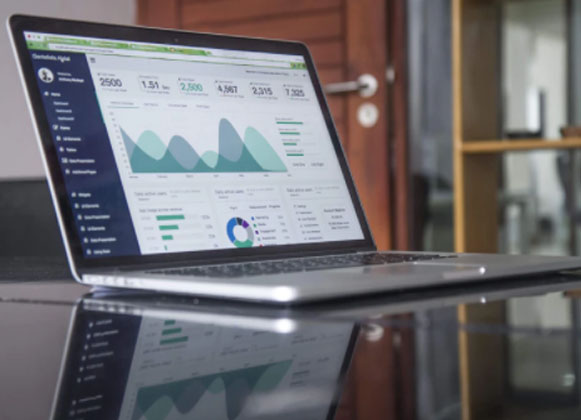
Source: Unsplash
Injection molding machines are often found in specialized shops or those that provide that service to a large number of consumers. This is owing in great part to their high initial investment. A decent injection molding machine will give years (if not decades) of use and return on investment for a capital expenditure of several hundred thousand dollars.An injection molding machine, on the other hand, is not something that most businesses and product developers would buy. Using an injection molding service is a considerably more cost-effective choice.
3D printing equipment, on the other hand, are often only a few thousand dollars, and unlike a custom injection mold, there is no upfront setup fee. With 3D printing, your financial responsibilities to an external source are limited to machine time and materials, and many small firms can afford to own their own 3D printer.
Both 3D printing and injection molding are wonderful methods for bringing your ideas to reality. Please contact us at Rydtooling where we have a team of skilled designers and developers who make custom molding decisions that are sensitive to client’s timelines and budgets while not jeopardizing the integrity of the product we’re making.

It is dangerous to make use of components after they’ve been manufactured without encasing them with plastic. It’s essential to encase these components to make
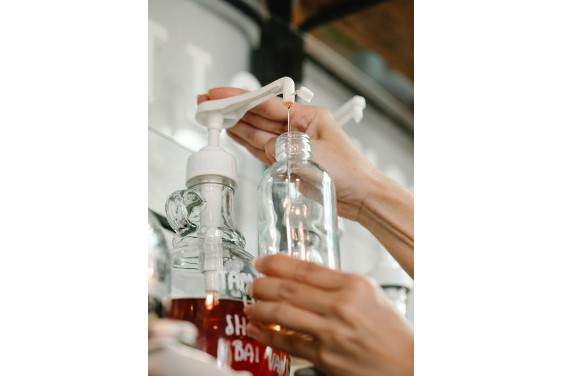
Transparent plastic is being used in virtually every industry and this is because of its capacity to allow you see through and its ease of
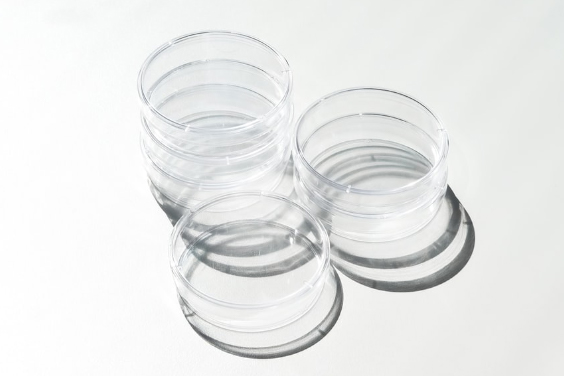
Plastic is a common material used in the production of objects that can be used in homes, the automobile industry, and virtually all sectors. It
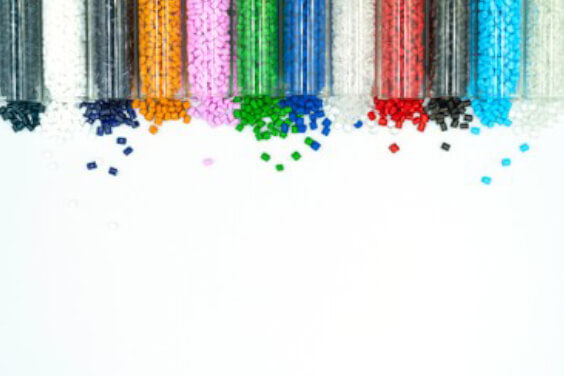
Basically, there are two kinds of plastics – thermoplastic, and thermosets. But the majorly talked about kind is the thermoplastic because of its versatile and
+86-755-8524 1121
marketing@rydtooling.com
No. 2, HongKan 1st Road, YanChuan Community, YanLuo Street, BaoAn District, ShenZhen City, China. Post Code 518105.
Subscribe to our newsletter to get manufacturing news and updates!
